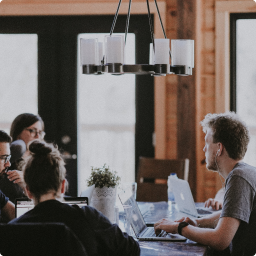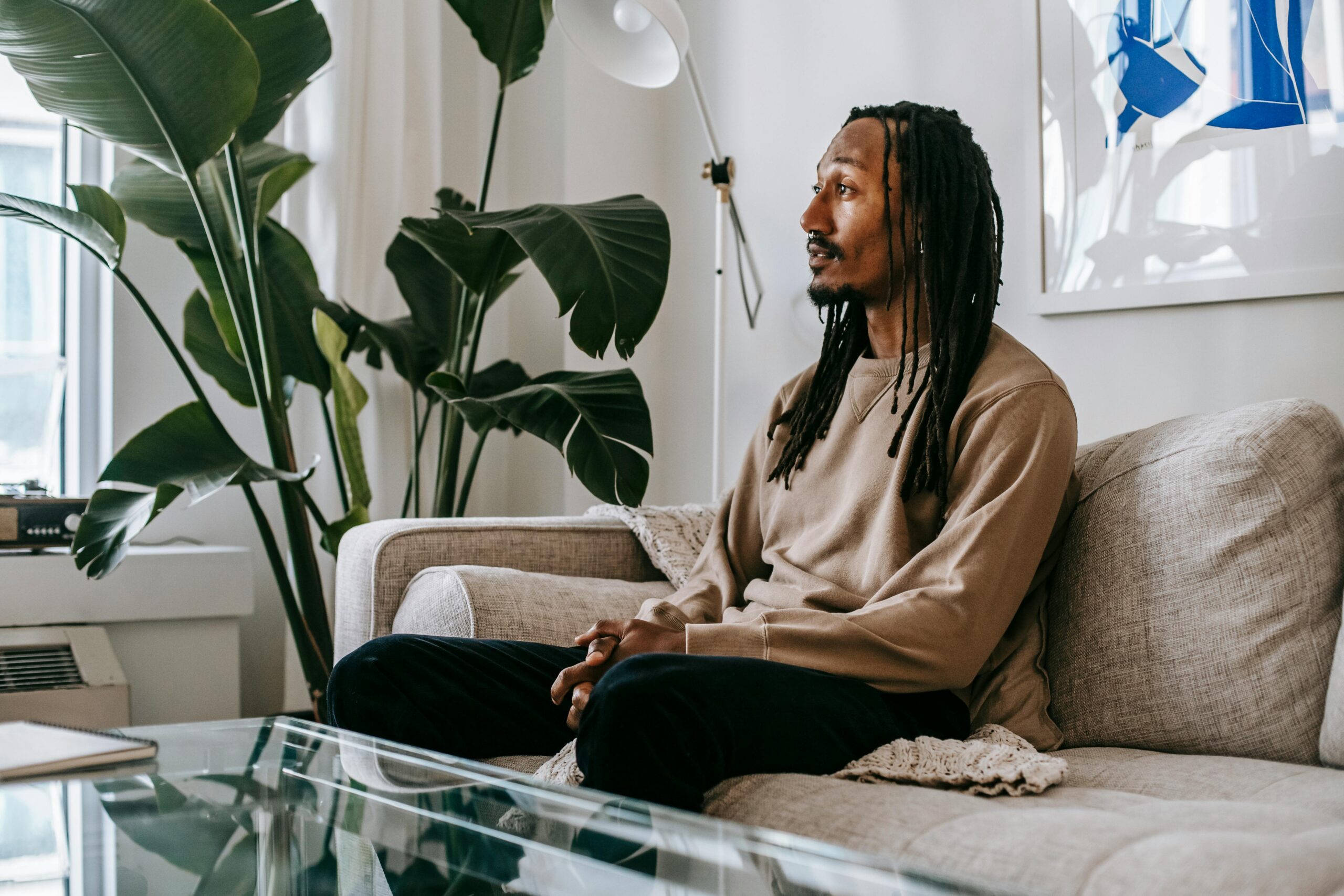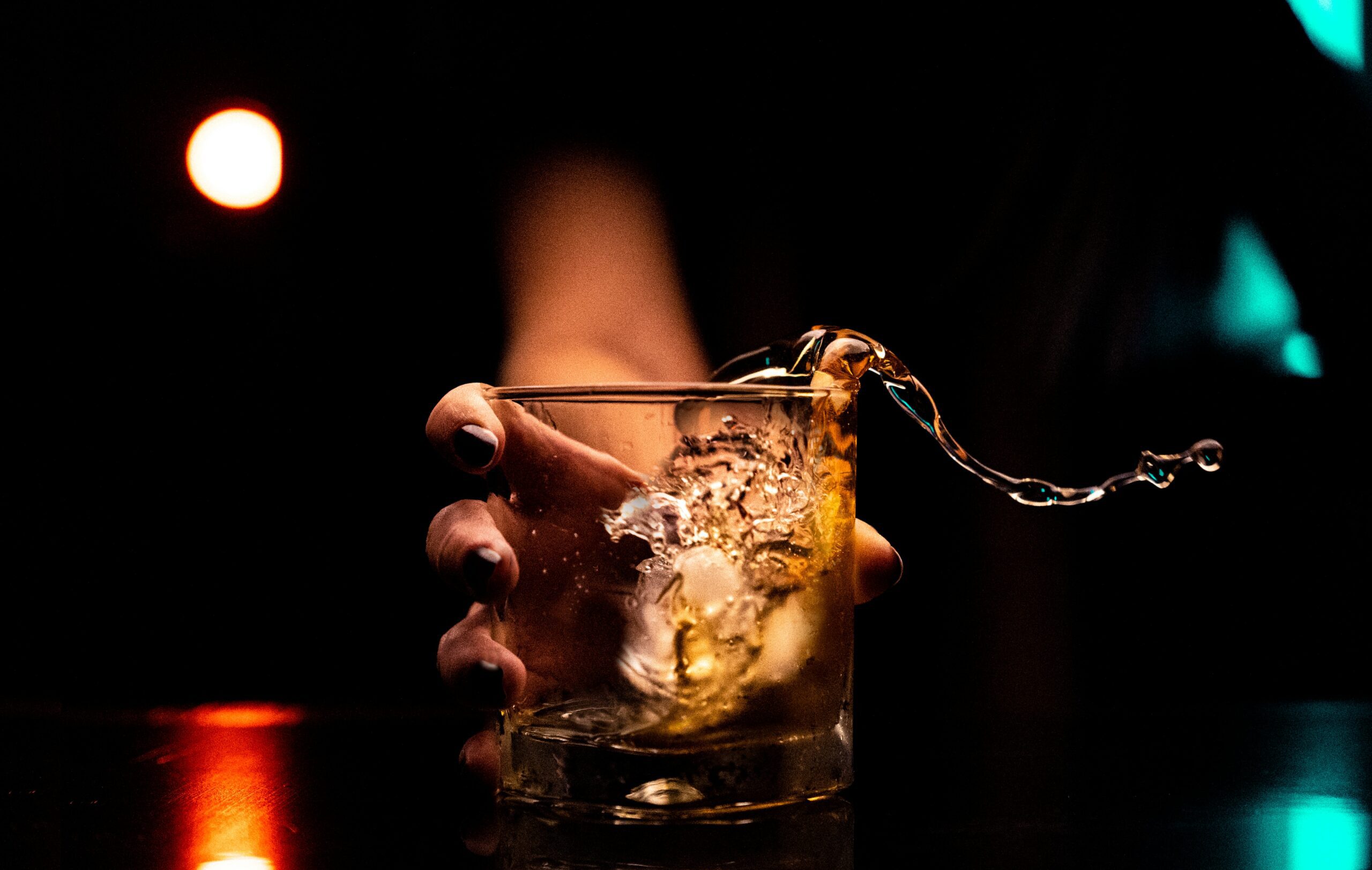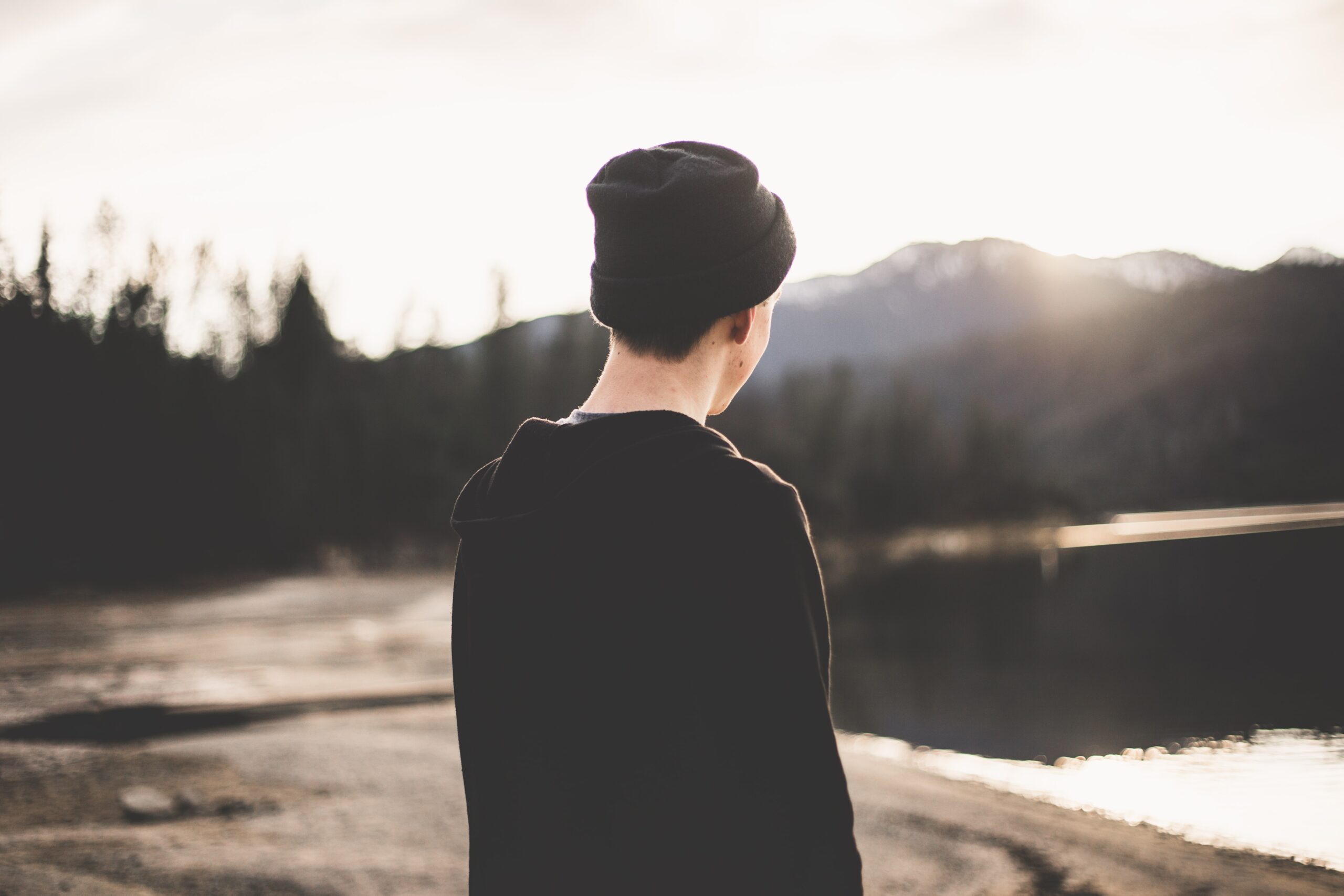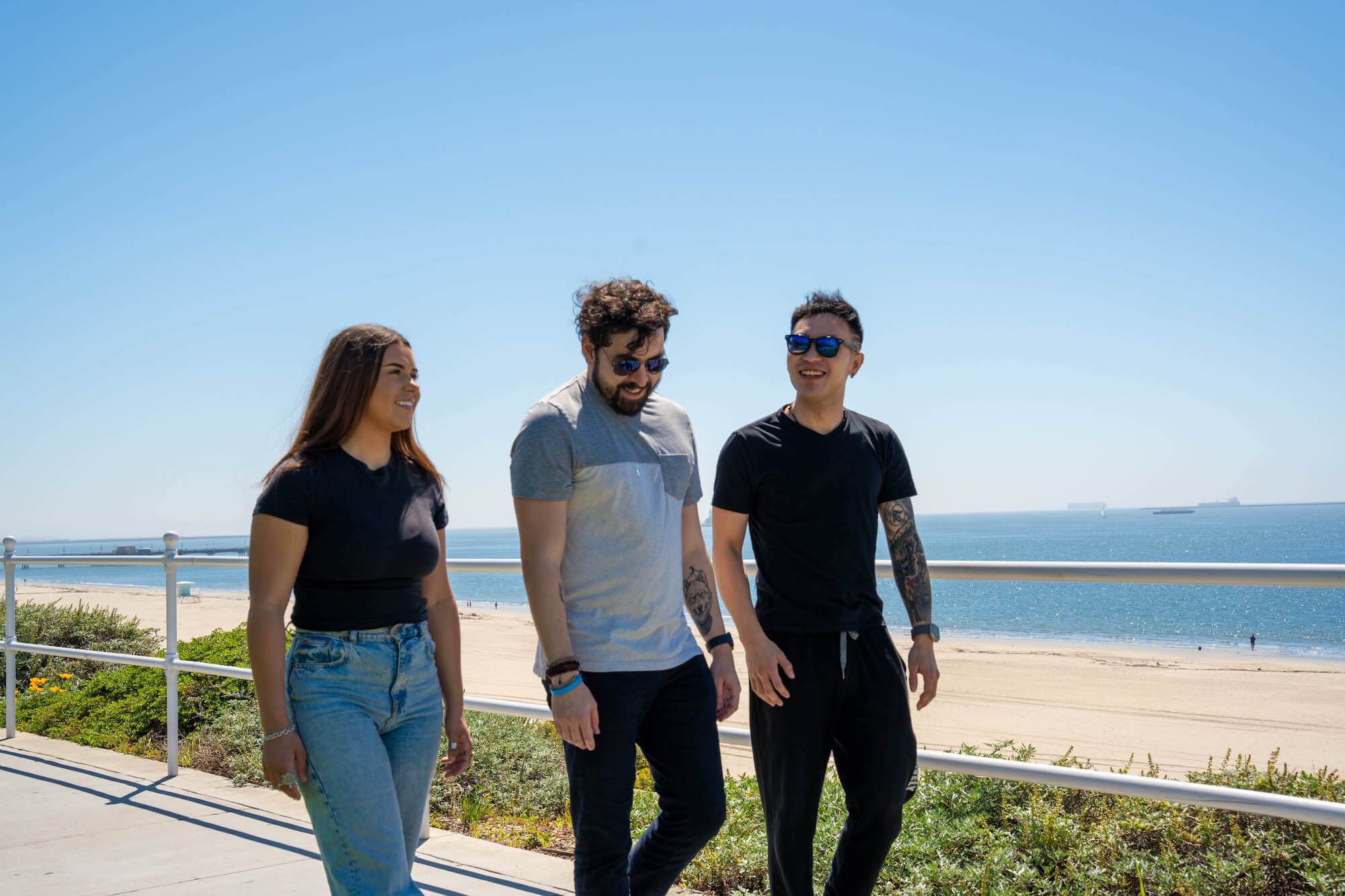
Binge drinking is a common and costly pattern of alcohol consumption in the U.S. Fortunately, it’s also entirely preventable.
Although binge drinking does not always lead to alcoholism, this phenomenon is damaging in myriad ways. Today’s guide outlines the extent of binge drinking during the holidays and throughout the year.
Data from the most recent National Survey on Drug Use and Health (NSDUH 2020) shows that half of all over-12s in the United States are current drinkers. Among these 138.5 million people, 61.6 million reported binge drinking in the previous month. We see here a slight decline from the 65.8 million people who reported binge drinking in NSDUH 2019.
More disturbingly, of those who binge drink, 17.7 million people are considered heavy drinkers. NIAAA defines heavy drinking as follows:
-
- Men: Consuming 4 or more alcoholic drinks in any day or consuming more than 14 alcoholic drinks per week.
-
- Women: Consuming 3 or more alcoholic drinks in any day or consuming more than 7 alcoholic drinks per week.
Rates of binge drinking have increased substantially in general over the past year and are even higher among college students. The same data shows that fully one-third of college students report binge drinking at least once in the previous month.
So, what is considered binge drinking, then?
What is Binge Drinking?
Binge drinking is a pattern of alcohol consumption where the goal is to get intoxicated as quickly as possible.
In addition to simply drinking alcohol systematically to get drunk, binge drinking is frequently associated with drinking games in a social setting.
According to the CDC, binge drinking is a “serious public health problem”. Fortunately, binge drinking is also preventable.
To further define binge drinking, we need to examine the volume of alcohol consumption in addition to BAC (blood alcohol concentration) levels.
Binge Drinking Definition
These are the standard guidelines for what constitutes binge drinking:
-
- When a man consumes 5+ standard drinks within 2 hours
-
- When a woman consumes 4+ standard drinks within 2 hours
A standard drink is defined as:
-
- Glass of beer (12oz)
-
- Glass of wine (5oz)
-
- Single shot of liquor (1.5oz)
According to the National Institute on Alcohol Abuse and Alcoholism, binge drinking is classified as any type of alcohol consumption that raises BAC levels to 0.08 grams/deciliter.
Binge Drinking Effects
Anyone regularly binge drinking is exposed to a broad range of adverse outcomes.
All forms of alcohol abuse can trigger negative consequences for both mental and physical health. Some of these risks include:
-
- Liver disease
-
- Cirrhosis
-
- Hypertension
-
- Neurological damage
-
- Diabetes
-
- Pancreatitis
-
- Stroke
-
- Heart attack
-
- Weakened immune system
-
- Increased risk of certain cancers
-
- Co-occurring mental health conditions
-
- Cognitive impairments
-
- Mood changes
-
- Memory issues
Binge drinking specifically can also increase the incidence of risky behaviors, from unprotected sex to DUIs and other legal issues.
While binge drinking does not always lead to alcohol use disorder, SAMHSA reports that the younger you are when you start binge drinking, the greater the chance you will develop alcohol dependence.
Binge Drinking During the Holidays
Here is a glimpse at the holidays most strongly implicated in binge drinking and other patterns of alcohol abuse:
-
- New Year’s Eve
-
- Christmas
-
- Fourth of July
-
- St. Patrick’s Day
-
- Thanksgiving
-
- Cinco De Mayo
-
- Fat Tuesday
-
- Carnival (non U.S.)
-
- Valentine’s Day
New Year’s Eve
New Year’s Eve is one of the days most associated with alcohol, and not in a positive way. Binge drinking and an increase in motor vehicle collisions are two of the most pressing concerns about excessive alcohol consumption over the holidays.
According to a national survey by Alcohol.org, the turn of the year is the occasion when both men and women report the most episodes of binge drinking. 47% of the men surveyed and 40% of the women reported binge drinking to see in the new year.
Beyond this, 27% of men and 17% of women surveyed admitted to experiencing a blackout or struggling to recall the specifics of their celebration.
The most popular drinks at this time of year are:
-
- Champagne
-
- Tequila
-
- Vodka
Males aged 40 to 44 were the demographic reporting most heavy drinking on New Year’s Eve. Women of this age group, though, consumed the least alcohol of all age groups surveyed.
Overall, men consumed an average of just over five drinks on New Year’s Eve, while women consumed almost four drinks.
Christmas
The period leading from Christmas to New Year presents many opportunities for engaging in abusive drinking patterns.
During Christmas season – and Christmas week in particular – most people find there is food, drink, and good spirits in abundance. For many, moderation is not a concept associated with the festive season. Others feel that they will start the new year by drinking in moderation, paving the way for a Christmas of excess and alcohol abuse.
Even for those categorized as social drinkers, the Christmas season is loaded with temptation, from house parties and office parties to celebrations at home, making it tempting to not have a sober Christmas.
Fourth of July
According to NSC (National Safety Council), the Fourth of July is the most dangerous occasion for motorists.
With more teenagers on the roads embracing the freedom of summer, ongoing and often late-night celebrations of this raucous holiday, and alcohol on tap, it is no surprise that hundreds of people die in vehicular accidents on or around Independence Day. NHTSA (National Highway Traffic Safety Association) reports that between 2007 and 2011, 40% of all highway fatalities involved drunk drivers in accidents over the Fourth of July weekend.
Beer is the most popular drink for Independence Day celebrations, with millions of cases of beer being cracked on, many consumed in episodes of binge drinking.
St. Patrick’s Day
St. Patrick’s Day was ranked third in the Alcohol.org survey for the most drinks consumed. 36% of men surveyed associated this holiday most strongly with alcohol, while 44% of women feel that New Year’s Eve is the booziest holiday.
Binge drinking is commonplace in many scenarios on St. Patrick’s Day, and especially among college students. At Pennsylvania State University, the students created State Patty’s Day to compensate for the fact that the celebration itself typically occurs during spring break, another period associated with heavy binge drinking among college students.
Thanksgiving
On Thanksgiving, hard liquor did not feature among the three favored alcoholic drinks. Instead, survey respondents reported drinking most:
-
- Champagne
-
- Wine
-
- Beer
Men consumed more drinks during this holiday than women. Again, females aged 40 to 44 were the most responsible group, consuming the least alcohol of all demographics.
Cinco De Mayo
Cinco de Mayo is another celebration inextricably linked with binge drinking.
Although a minor holiday in Mexico, the celebration of Mexico’s victory over French forces in the Franco-Mexican War of the mid-1800s, Cinco de Mayo gained currency as a U.S. holiday back in the 1940s, pioneered by the Chicano movement.
TIME magazine reports that Cinco de Mayo is among the ten drunkest holidays in the United States.
Today, many people binge drinking to celebrate Cinco de Mayo have little awareness of the historical significance of this event, viewing it instead as an occasion to binge drink without censure, with tequila the drink of preference.
Fat Tuesday
Many surveys indicate that Mardi Gras or Fat Tuesday ranks above even New Year’s Eve as the most drunken of all holidays in the U.S.
Fat Tuesday is one of the biggest parties in the New Orleans calendar, celebrating the final day before the onset of Lent and a season of abstaining from indulgences.
Just like New Year’s Eve, Fat Tuesday immediately precedes a period of reduced indulgence or resolutions for the coming year. As such, many people feel more inclined, almost justified, in overindulging and binge drinking during these holidays.
Carnival (Non-U.S.)
Binge drinking is by no means limited to holidays and celebrations in the United States. The world-famous Rio Carnaval is the biggest carnival in the world, full of flamboyant fun, street parades, and a great deal of binge drinking.
Notting Hill Carnival in London is another celebration of street culture strongly associated with heavy drinking and binge drinking.
Valentine’s Day
You might not associated Valentine’s Day with binge drinking if you are in a relationship, but this time of year brings bad memories with it for many. This occasion can trigger memories of loss or abuse, or it may highlight feelings of loneliness in those looking for love.
If you habitually fall into a slump on Valentine’s Day, why not celebrate making positive changes rather than instinctively drowning your sorrows by binge drinking alcohol?
Get Help for Alcohol Abuse at Gratitude Lodge
While chronic binge drinking does not always lead to alcoholism, it increases the chance of an addiction developing or of a relapse during the holidays. If you are asking yourself, “Am I an alcoholic?” it may be time to look at your habits.
If you have tried and failed to comply with moderate drinking guidelines, this could be indicative of alcohol use disorder. Alcohol use disorder is a chronic and relapsing brain condition involving compulsive consumption of alcohol in the face of obviously negative outcomes.
Fortunately, while there is no cure for alcoholism, almost all cases of alcohol use disorder respond positively to treatment with MAT (medication-assisted treatment) and psychotherapy. We can help you achieve this at our affordable luxury rehabs located in San Diego, Newport Beach, and Long Beach.
Take advantage of a supervised medical detox to kickstart your recovery and benefit from FDA-approved medications to streamline the intensity of alcohol withdrawal.
Whether you require residential rehab or more flexible outpatient programming, we can help you address the physical and psychological aspects of alcoholism, enabling you to build a firm foundation for ongoing sobriety.
When you are ready to reclaim your life from binge drinking or alcohol use disorder, reach out to Gratitude Lodge at 800-994-2184.



